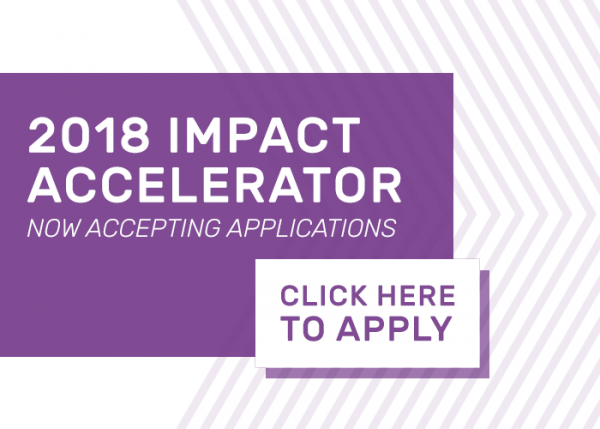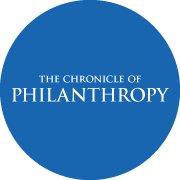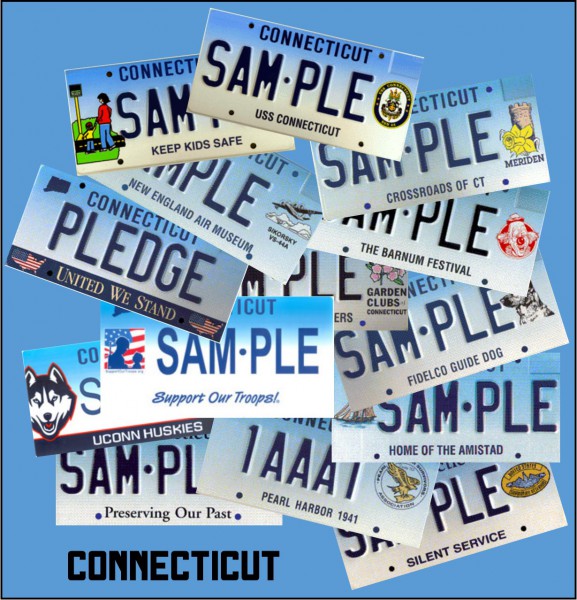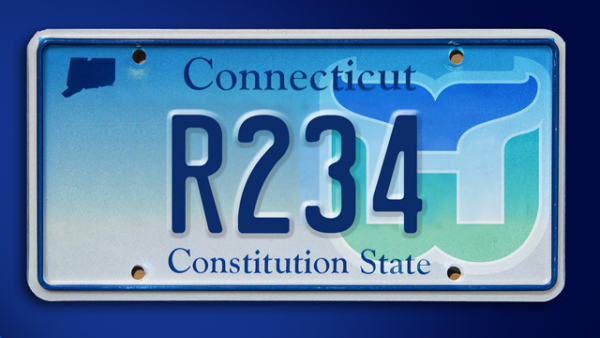State Budget Woes Impacting Nonprofits, Grantmakers
/The impact of the state’s ongoing fiscal crisis is reverberating through the state’s nonprofit community. The Connecticut Council for Philanthropy (CCP), in a recent survey, found that about 25 percent of nonprofits answering the survey are currently responding to the state’s fiscal crisis. The vast majority of these grantmakers, responding with increased grant support to non-profit organizations. Some grantmakers, about 33 percent, are supporting conversations about non-profit mergers. And a smaller number, about 20 percent each, are offering learning programs and/or advocating.
The survey results were shared in the CCP’s latest newsletter by president Karla Fortunato.
In analyzing the survey responses, CCP reports that many more foundations, about 44 percent of respondents, report that they plan to respond to the state's fiscal crisis. Again, the majority, about 50 percent, are planning to increase their grant support to non-profits. Even more, 57 percent, report they will support conversations about non-profit mergers, and still others, 42 percent, will offer learning programs to non-profits. A smaller number, 21 percent, plan to advocate or lobby.
“We think that the time is now to bring the philanthropic community together - to deepen our collective understanding of the current fiscal crisis, projections for out-years, and what roles philanthropy can play to mitigate short-term pain, to support evolution in the state's non-profit landscape, and to start developing longer-term strategies,” Fortunato said.
Most respondents reported that they are hearing from their grantees and that many of them are adjusting their work based on the state budget. Among the actions being taken: cutting programs and services, requesting bridge loans or gap funding, reducing or laying off staff, dipping into reserves, and reducing staff. Concerns are also being raised about potential tax law changes that would impact nonprofits and concerns about meeting current needs, or possible reversal of past gains in providing services. Grantees also report hearing from organizations seeking support that had not requested support previously, being driven by state cutbacks or anticipated cutbacks.
While many respondents noted that they are having conversations internally at their organizations or with their colleagues, most acknowledged that more information is needed and more conversations need to be had. They noted that discussions among foundations, and in collaboration with nonprofits or other partners, are critical. Fortunato reported that suggestions for CCP leadership highlighted three areas of focus, described as advocacy, inform and convene.

Advocacy includes helping to organize a unified response; advocating for a responsible, equitable budget; and making sure legislators understand that philanthropy cannot fill government's gaps. CCP members also look to the organization to keep them up-to-date on budget matters and other policies impacting nonprofits, sharing what others are doing, and exploring and sharing possible solutions. They also look to CCP to convene forums to deepen understanding; bring nonprofits together to learn together what funders can consider doing; and help nonprofits understand what is needed immediately to mitigate short-term harm and assist in the development of a long-term strategy.
Fortunato joined CCP in May as the organization's president, after 13 years at the Health and Environmental Funders Network (HEFN), a national alliance of 60 philanthropic organizations based in Rockville, Md. At her departure from HEFN, the organization commended her "professionalism, pragmatism, and persistence" in advancing and extending the organization's mission and objectives.





 In Connecticut, individuals earning more than $200,000 gave 66.4 percent of all Connecticut giving, down 1.7 percent from 2012, according to the Chronicle analysis. The portion of all givers in this income bracket in Connecticut down 0.2 percent while the giving per itemizer is down 20.6 percent. In looking at the state’s major metropolitan areas, greater Bridgeport, Hartford, and New Haven, the analysis round that giving rates for taxpayers at four income levels fell below the average for the size group in each of the metropolitan areas.
In Connecticut, individuals earning more than $200,000 gave 66.4 percent of all Connecticut giving, down 1.7 percent from 2012, according to the Chronicle analysis. The portion of all givers in this income bracket in Connecticut down 0.2 percent while the giving per itemizer is down 20.6 percent. In looking at the state’s major metropolitan areas, greater Bridgeport, Hartford, and New Haven, the analysis round that giving rates for taxpayers at four income levels fell below the average for the size group in each of the metropolitan areas.
 onicle used 2015 Internal Revenue Service data on individuals who earn $50,000 or more annually and who itemize charitable deductions on their income-tax returns to create a snapshot of giving in every county and metropolitan area in the country. Only donations of taxpayers who took a deduction are included, the publication noted. The key measure, according to the Chronicle, is the giving ratio: the total of a locality’s charitable contributions as a share of its total adjusted gross income.
onicle used 2015 Internal Revenue Service data on individuals who earn $50,000 or more annually and who itemize charitable deductions on their income-tax returns to create a snapshot of giving in every county and metropolitan area in the country. Only donations of taxpayers who took a deduction are included, the publication noted. The key measure, according to the Chronicle, is the giving ratio: the total of a locality’s charitable contributions as a share of its total adjusted gross income.










 since 1897. In 2015, Saint Francis became part of Trinity Health of New England, an integrated health care delivery system that is a member of Trinity Health, Livonia, MI, one of the largest multi-institutional Catholic health care delivery systems in the nation.
since 1897. In 2015, Saint Francis became part of Trinity Health of New England, an integrated health care delivery system that is a member of Trinity Health, Livonia, MI, one of the largest multi-institutional Catholic health care delivery systems in the nation.
 Organization vanity plates include Amistad, Benevolent & Protective Order of the Elks, IUOE Local 478, Grand Lodge of Connecticut, Knights of Columbus, Olympic Spirit, P.T. Barnum Foundation Inc., Preserving Our Past CT Trust for Historic Preservation, Red Sox Foundation, Lions Eye Research Foundation, Special Olympics, Federated Garden Clubs, Fidelco Guide Dog Foundation, Keep Kids Safe, New England Air Museum and the U.S.S. Connecticut Commissioning Committee.
Organization vanity plates include Amistad, Benevolent & Protective Order of the Elks, IUOE Local 478, Grand Lodge of Connecticut, Knights of Columbus, Olympic Spirit, P.T. Barnum Foundation Inc., Preserving Our Past CT Trust for Historic Preservation, Red Sox Foundation, Lions Eye Research Foundation, Special Olympics, Federated Garden Clubs, Fidelco Guide Dog Foundation, Keep Kids Safe, New England Air Museum and the U.S.S. Connecticut Commissioning Committee.



























